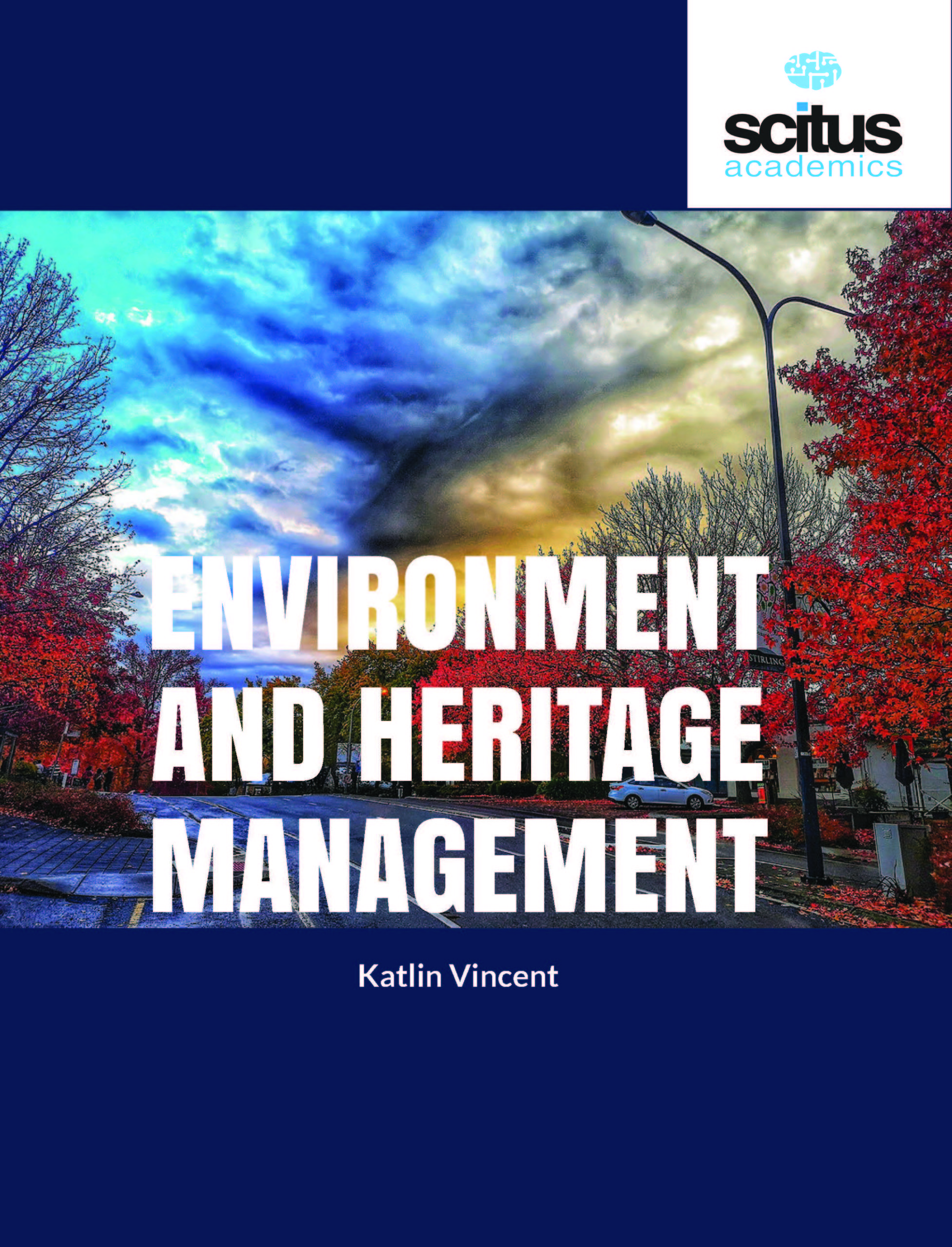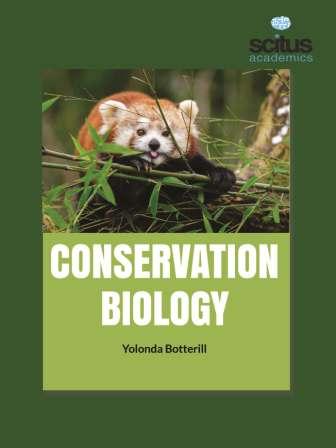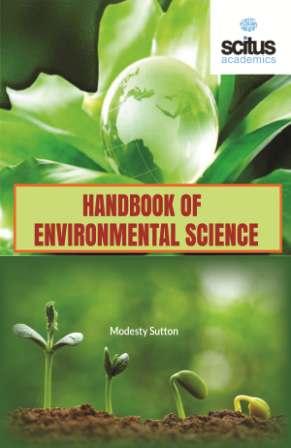The discussion of sustainable development, which has now included the recognition of cultural heritage, takes a different direction when it comes to the role, and the rights, of indigenous peoples who are typically living in nature reserves that have been left untouched by modern civilization. Over the past two decades, two global movements have brought issues concerning indigenous peoples to greater public attention.
Heritage is a contemporary activity with far-reaching effects. It can be an element of far-sighted urban and regional planning. It can be the platform for political recognition, a medium for intercultural dialogue, a means of ethical reflection, and the potential basis for local economic development. Heritage is the full range of our inherited traditions, monuments, objects, and culture. Most important, it is the range of contemporary activities, meanings, and behaviors that we draw from them. Heritage includes preserving, excavating, displaying, or restoring a collection of old things. It is both tangible and intangible, in the sense that ideas and memories- -of songs, recipes, language, dances, and many other elements of who we are and how we identify ourselves–are as important as historical buildings and archaeological sites. Heritage conservation is important for identifying, recording, analyzing and protecting heritage and cultural resources.
Environmental conservation and preservation of religio-cultural heritage for tourism development have been covered in this book. Topics include a diverse range of tangible and intangible heritage, cultural and natural heritage, historic and contemporary/living heritage, and so on, with emphasis on how to manage these categories. It emphasizes a critical understanding of heritage and a holistic management approach to the heritage sector. To explore the relationship between heritage and the environment, this book considers how perceptions of the environment within heritage science have been shaped in response to the conservation challenges facing movable heritage. Culture and its heritage reflect and shape values, beliefs, and aspirations, thereby defining a people’s national identity. It is important to preserve our cultural heritage because it keeps our integrity as a people. Conservation of heritage buildings is very important because it provides a sense of identity and continuity in a fast-changing world for future generations. Therefore, heritage buildings need an important tool to protect them. Furthermore, as heritage encompasses a wide array of immovable buildings and sites whose relationships with the environment are complex and nuanced, this book premises that the environment cannot be considered separately from heritage as it is intrinsically related by providing components of heritage; modifying heritage; being modified by heritage; adding to heritage value and acting as a co-creator of heritage.









Reviews
There are no reviews yet.